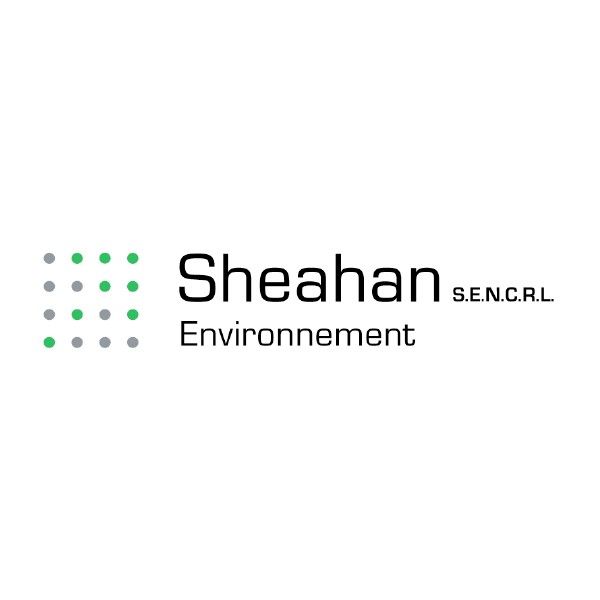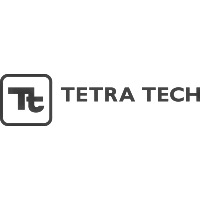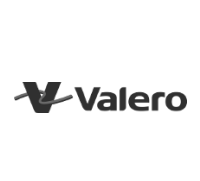GOOD GOVERNANCE MEASURES TO ENSURE GOOD NEIGHBORLY RELATIONS
► Background on the Notion of Good Governance
► Identifying and Consulting the Stakeholders
- » Identifying the stakeholders
- » Consulting the stakeholders
- » Drawing up a list of stakeholders
► Defining the Notion of Neighborhood Disturbances
► Producing an Inventory of Nuisances
► Identifying the Applicable Legal and Other Corporate Requirements
- » Identifying the laws, regulations and directives applicable at the federal level
- » Identifying the laws, regulations and directives applicable at the provincial level
- » Identifying the by-laws and directives applicable at the municipal level
► Developing Risk Management and Reduction Measures, an Action Plan and Complaint Response Procedures
- » Establishing a program to manage, control and monitor risks
- » Preparing an action plan to minimize or, if possible, eliminate nuisances
- » Establishing a neighborhood complaint response system
INTERNAL AND EXTERNAL COMMUNICATION STRATEGY
► Raising Awareness, Informing and Training Employees and Subcontractors
- » Raising employees and subcontractors’ awareness of the need to maintain good neighborly relations
- » Informing employees and subcontractors about the consequences for the company of failure to maintain good neighborly relations
- » Raising employees’ and subcontractors’ awareness of their role as the company’s ambassadors and representatives
- » Raising employees’ and subcontractors’ awareness of their role as the company’s ambassadors and representatives
- » Establishing a system for gathering employees’ perceptions and knowledge
- » Raising employees’ awareness of volunteering or sponsorship in the neighborhood
► Developing a Communication Plan for the Company
- » Assessing the relevance of producing a communication plan
- » Identifying the people responsible for the communication plan
- » Identifying the objectives of the communication plan
- » Deciding on the messages and content of the communication plan
- » Identifying the target audiences
- » Choosing the communication tools
- » Developing an implementation timeline for the communication plan
- » Monitoring the communication plan
► Setting Up a Liaison Committee
- » Drawing up the liaison committee’s mandate
- » Identifying citizens and other stakeholders who will be part of the liaison committee
- » Setting the frequency and format of the meetings
- » Presenting the participants with the improvements made to the processes, the nuisances resulting from the company’s activities and the list of actions taken to reduce and if possible, eliminate these nuisances
- » Inviting the participants to share their concerns and validate the list of nuisances
- » Inviting the participants to suggest solutions
- » Inviting external experts, NGOs, the local media, the provincial MNA or the federal MP
- » Establishing the degree of transparency that will apply to the information provided during the liaison committee meetings and to the minutes taken
CORPORATE INVOLVEMENT IN THE COMMUNITY
► Establishing a Targeted and Methodical Approach to Involvement in the Community
- » Setting a specific objective
- » Establishing a rigorous methodology
► Identifying the Company’s Activities in the Community
- » Open house
- » Business partnership (sponsorships)
► Involvement with the Municipality
- » Establishing good relations with the different levels of the municipal administration
- » Meeting the municipal representatives
- » Informing the municipality of the company’s activities and what they contribute to the local community
- » Giving the municipality regular presentations on the improvements made to the processes, the nuisances resulting from the company’s activities and the list of actions taken to reduce and, if possible, eliminate these nuisances
- » Raising the municipality’s awareness of the benefits of maintaining harmonious relations between the company and the neighborhood
- » Raising the municipality’s awareness of the importance of developing buffer zones between residential and industrial zones to minimize the risks associated with the company’s activities and to better protect the public
► Monitoring Changes to the Development Plans of the Regional County Municipalities (RCM) and to Municipal By-laws
- » Making representations at the regional and municipal level to prevent the development of residential zones closer to industrial zones
- » Monitoring the media (local newspapers or Internet) used by the municipalities in order to detect announcements concerning zoning changes and to find out the dates of municipal meetings and their agendas
- » Attending each RCM meeting where major guidelines concerning the development plans are discussed
- » Attending RCM and local municipal meetings
NEIGHBORHOOD TENSIONS: SCENARIOS AND TREATMENT OF SPECIFIC CASES
► Residents Dissatisfied with the Neighborhood Disturbances they Suffer on a Regular Basis
► Hypersensitive Residents Dissatisfied with the Neighborhood Disturbances they Suffer
► Residents Dissatisfied After an Incident
► Residents Averse to the Company’s Presence in their Neighborhood
► Non-Residents Averse to the Company’s Presence in the Region















